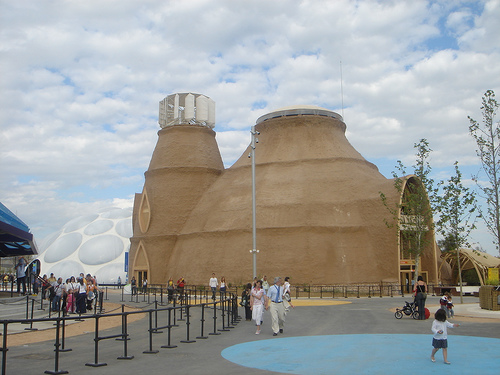Dr. Paul Jaquin at www.historicrammedearth.co.uk has revamped and improved his website. Visit the Historic Rammed Earth website for lots of information about the science of rammed earth and earth buildings, and studies of rammed earth in Nepal, Morocco, Spain and India.
El Faro: The Citizens’ Initiative Pavilion
The architectural project of the Citizens’ Initiative Pavilion building is the work of the architect Ricardo Higueras for the Zaragoza Expo 2008.
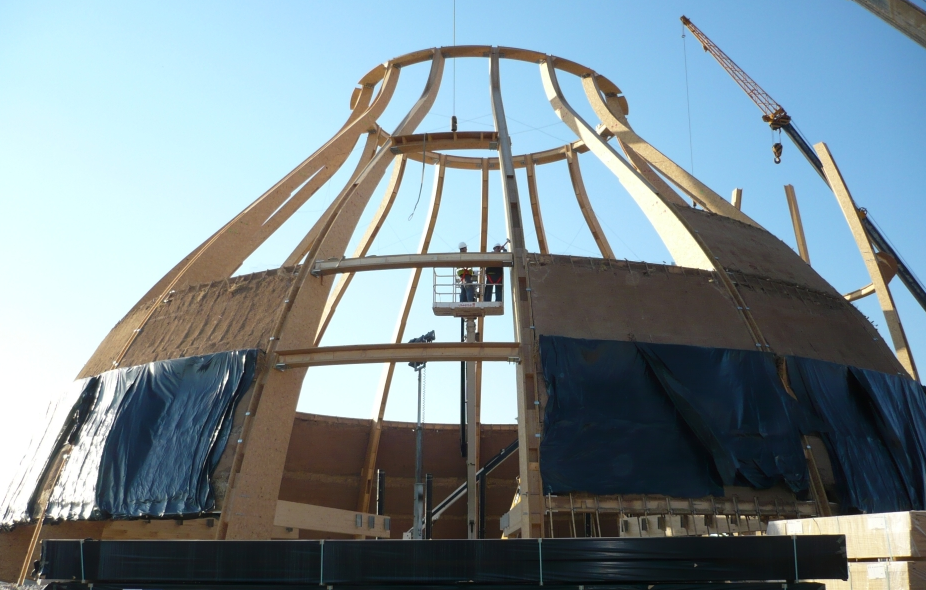
The pavilion building will be based on energy efficiency, recycling and sustainability. Both the building’s shape and its use are based on the traditional ceramic pitcher. The materials used are natural and come straight from the earth: straw, wood, and clay. Prefabricated clay-plastered panels were attached to a super-structure to enclose the pavillion. More photos in the photo gallery. [ Previously ]
The Palomares of Spain
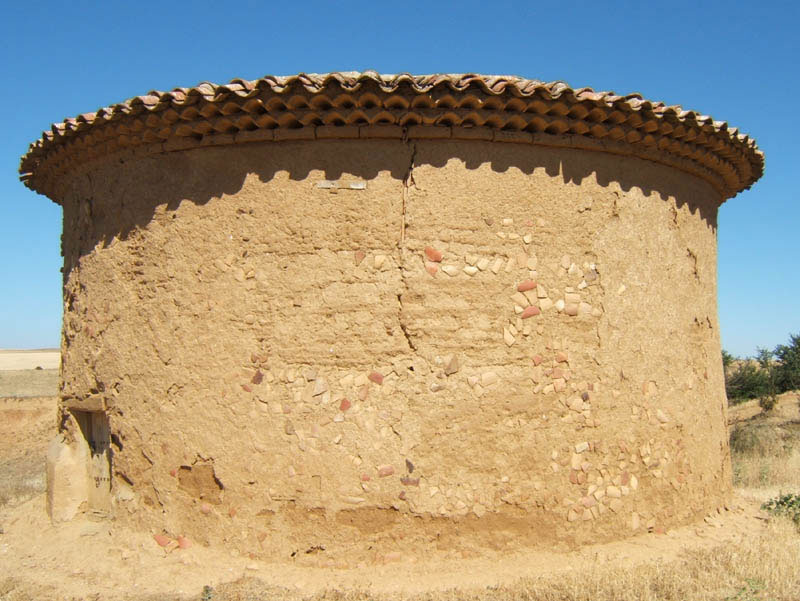
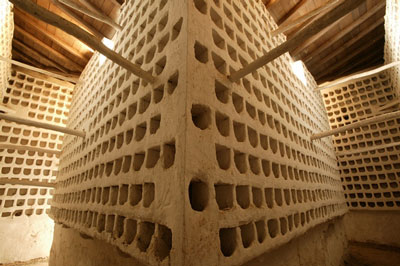
In Spain, traditional palomares, or dove-cotes, constructed of mud brick or rammed earth dot the landscape. To see them, you can take La Ruta de los Palomares or any of several other routes. Some are falling into disrepair and others are being restored. Inside are fascinating spaces that house doves. More can be read about these fascinating structures here: [ 1 | 2 | 3 | 4 | 5 | 6 | 7 | 8 | 9 | 10 ].
See more images [ 1 | 2 | 3 | 4 ]
The Citizens’ Initiative Pavilion
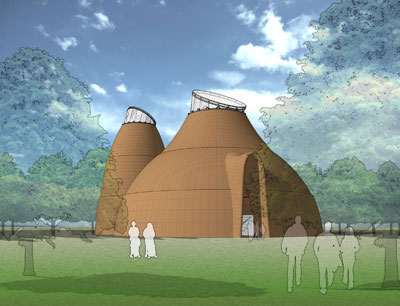
The Citizens’ Initiative Pavilion, known as El Faro, is the work of architect Ricardo Higueras. Designed to be constructed for the Expo Zaragoza 2008 the pavilion is to represent society’s vigour and ability to innovate in the face of the challenges posed by water.
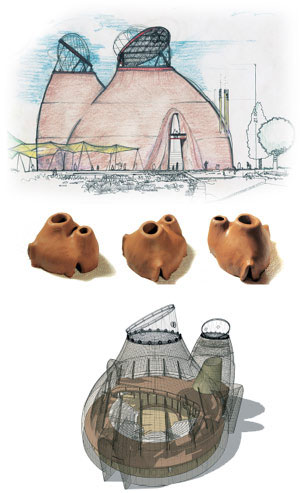
The section gives information on the Pavilion’s onsite location, its spaces and building features. Inspired by traditional ceramics, the pavillion will be constructed with natural materials like bamboo and mud mixed with straw.

